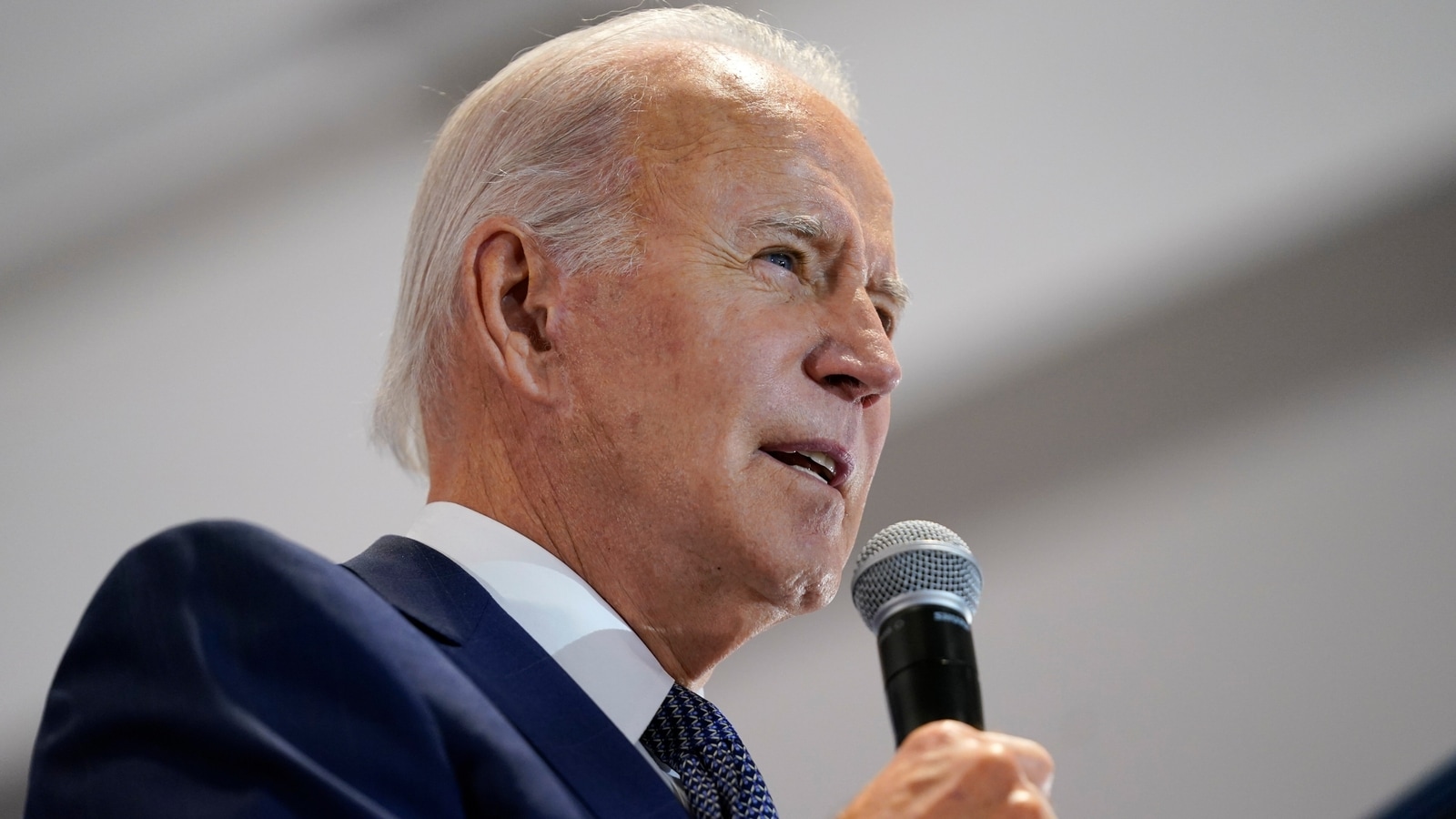
So, when President Joe Biden used his State of the Union Address to call for weapons bans, it drew the attention of Second Amendment advocates. Unfortunately, the president again confused details about recent violent acts in his call for yet more gun control.
The president referred to the bipartisan package he signed on June 25, 2022, in the aftermath of the Uvalde and other mass shootings. Lawmakers from both sides of the aisle pieced the legislation together, something Biden on Tuesday called “the most sweeping gun safety law in three decades.”
Biden told the nation that it contained regulations “that the majority of responsible gun owners already support, like enhanced background checks for 18 to 21-year-olds and red flag laws, keeping guns out of the hands of people who are a danger to themselves and others.”
But the president then pivoted towards more gun control measures that are sure to face stiff legal challenges and will very likely be found unconstitutional. Biden noted the Jan. 21, 2023, shooting incident in Monterey Park, California, where an assailant used a pistol to take 11 lives.
The president called on Congress to “do something” in response to the tragedy, and apparently that “something” is to ban weapons which had nothing to do with the incident.
And nevermind that California already had a long-standing “assault weapons” ban in place when the shooting occurred.
In Washington, however, more gun control is the knee-jerk response to every incident perpetrated by violent criminals. Biden told the Tuesday gathering and the nation to “Ban assault weapons now! ban them now,” he repeated, “once and for all.”
However, what the administration calls “common sense” legislation is not held in favor by most Americans. According to a recent ABC News/Washington Post poll, 51% of the nation opposes a ban on so-called “assault weapons.”
That did not deter Biden, who pointed back to 1994 when he and others were able to institute a prohibition on the popular semiautomatic rifles for a decade before it was allowed to expire.
“We did it before,” he said. “I led the fight to ban them in 1994. Let’s finish the job and ban assault weapons again.”
The president then unfortunately fell back on shaky data. His Tuesday claim that the previous “assault weapons” ban greatly enhanced the nation’s safety is demonstrably false.
For example, the Washington Post noted that there were 31 mass shootings nationwide in the decade before the 1994 ban was enacted. During its 10 years in effect there were also 31 such incidents. On Tuesday, Biden claimed that mass shootings tripled after the ban was allowed to expire, when in the following decade there were 47.
Yes, that is more. But some of the number is attributable to population growth, and 47 is hardly three times 31. So, Biden’s grasp of gun control data is shaky at best.
The gun control environment in 2023 is a decidedly mixed bag. On the heels of last year’s landmark Supreme Court ruling in New York State Rifle and Pistol Association v. Bruen, judges are increasingly viewing “assault weapons” bans with skepticism.
Further, the high court later in 2022 vacated a lower court decision confirming Maryland’s “assault weapons” ban and sent it back down for new proceedings. A pair of other cases saw federal judges strike down bans in parts of Colorado.
State judges also ruled against Illinois’ ban passed last year.
However, there are renewed calls for “assault weapons” bans in several parts of the country. The U.S. House was able to pass a ban last year, the first to clear the body since Biden was a senator in 1994. The controversial Illinois law came on the heels of new action by Delaware to make them the first new statewide bans since 2000.
And states such as Colorado, New Mexico, Rhode Island, and Washington are considering ban proposals.
